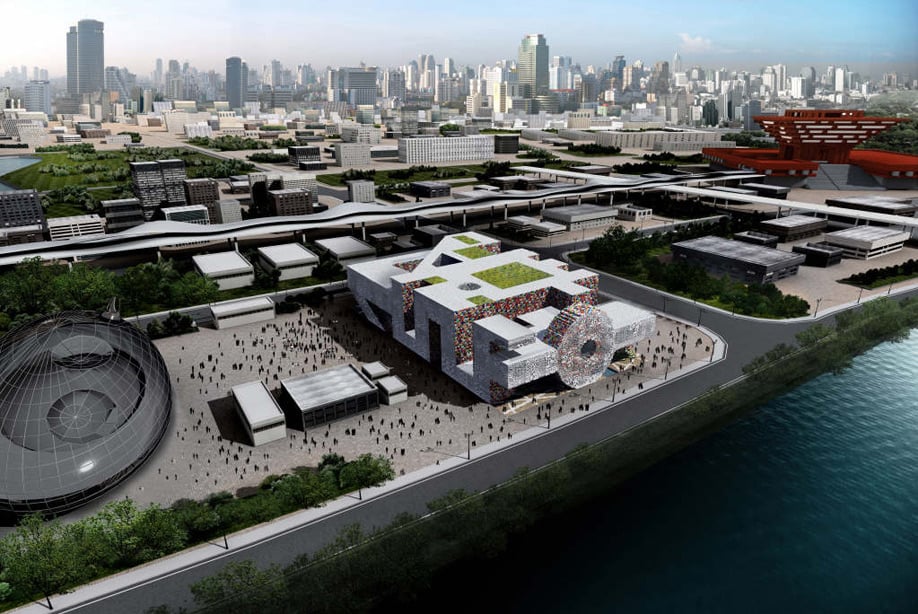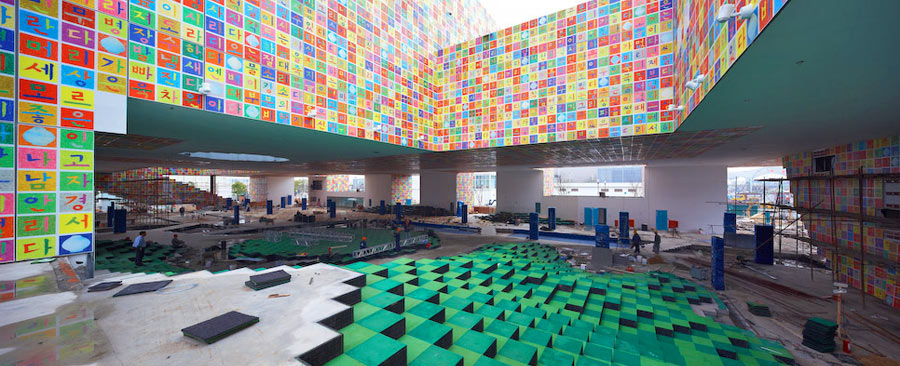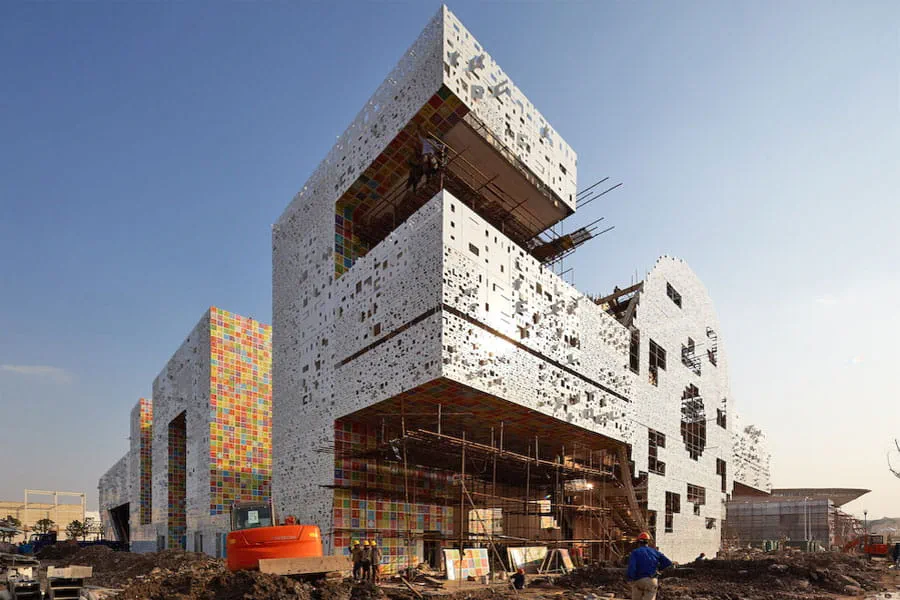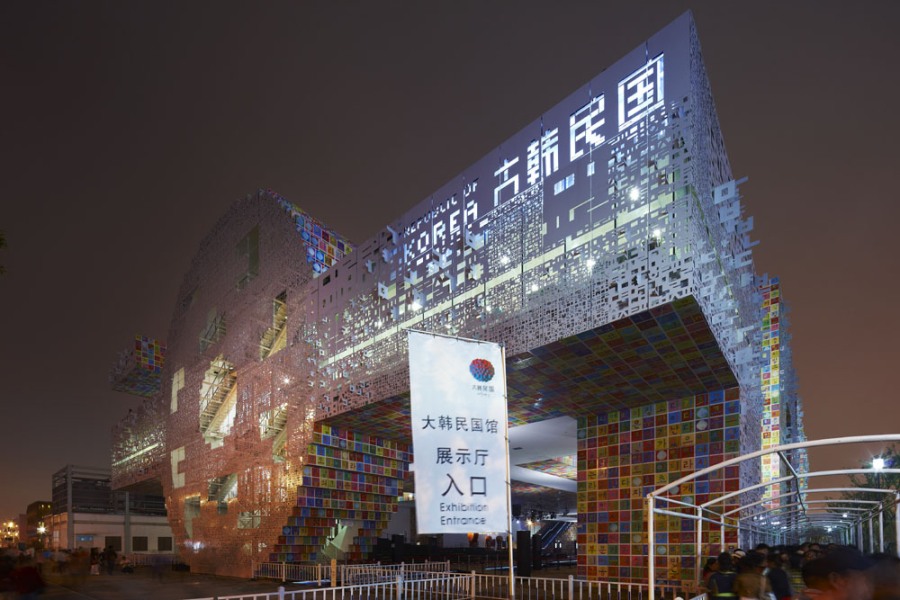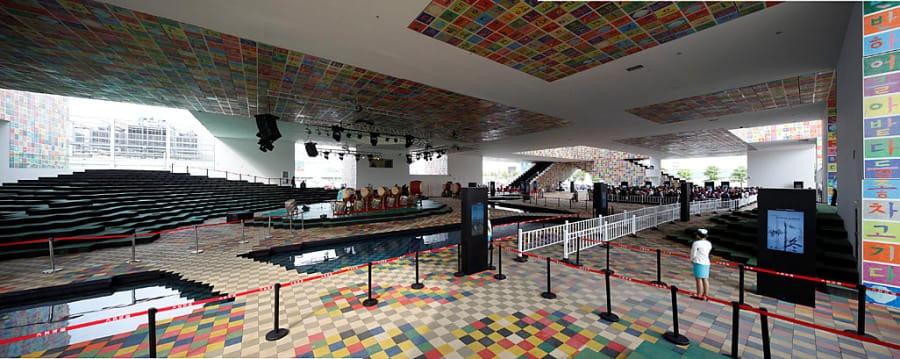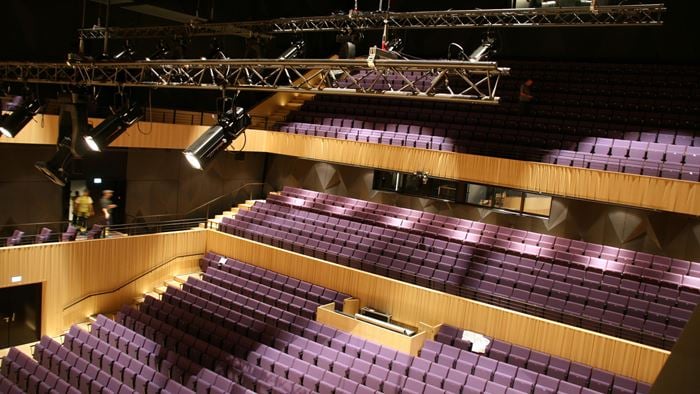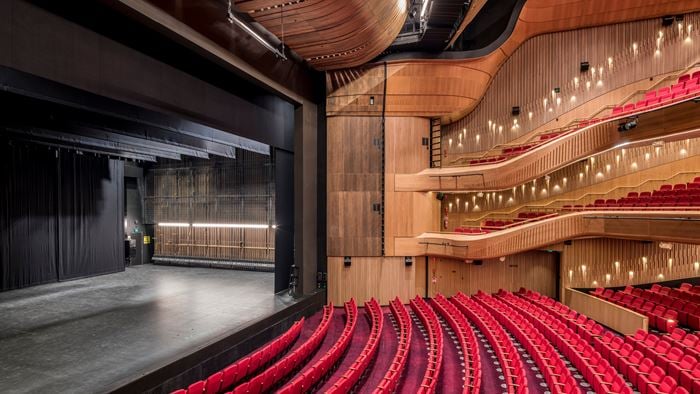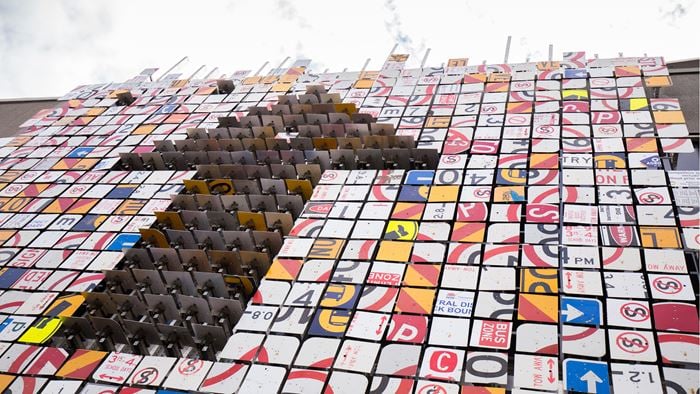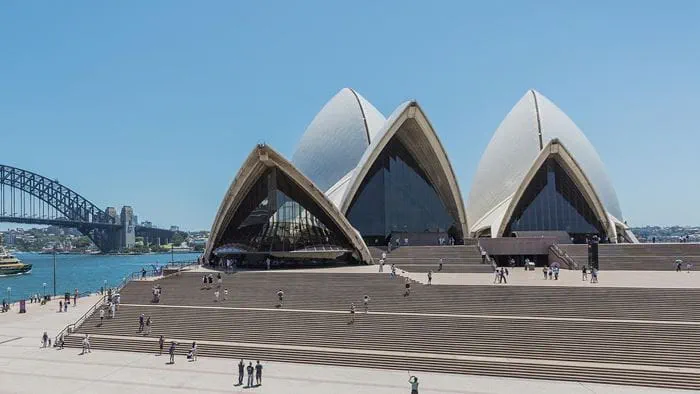The Korean Pavilion sits on the perimeter of the Shanghai Expo site, commanding stunning views of the Huangpu River and city skyline. The 6,000m2 lot is one of the largest in the Expo compound.
Adopting ‘convergence’ as the main theme, the pavilion is an amalgamation of ‘sign’ and ‘space’ where signs become spaces and spaces become signs. The Korean alphabet Han-geul constitutes the element of ‘sign’, and their beautiful arrangement constitutes the ‘space’. Visitors of all cultures can experience Han-geul because the geometry of their horizontal, vertical and diagonal movements transcends language.
The surface façade is clad in two types of pixels – Han-geul pixels on the exterior surface, and art pixels on the interior surface. Sequential lighting behind the Han-geul pixels will light up individual letters at night and animate the pavilion.
The interior is a beautiful canvas composed of 40,000 aluminium panels designed or selected by Korean artist Ik-joong Kang, famed for his massive art walls.
The clever structural design lifts the whole building a level above ground to allow visitor’s movement at ground level with minimum obstruction.
On the ground below sits 3D map that is a convergence of nature and urbanism reflecting the true nature of Seoul. This open area is an ode to sustainability – occupants will be shaded by the elevated pavilion and cooled by natural ventilation and a 79m artificial river that cuts through the scale map, as the Han River runs through Seoul.
The pavilion is constructed mainly in steel, and steel members are arranged to define the three-dimensional spaces forming the ‘sign’ and ‘space’. Steel jack-in pipe piles are used for the foundation to support the pavilion, and facilitate disassembly of the pavilion once the Expo concludes.
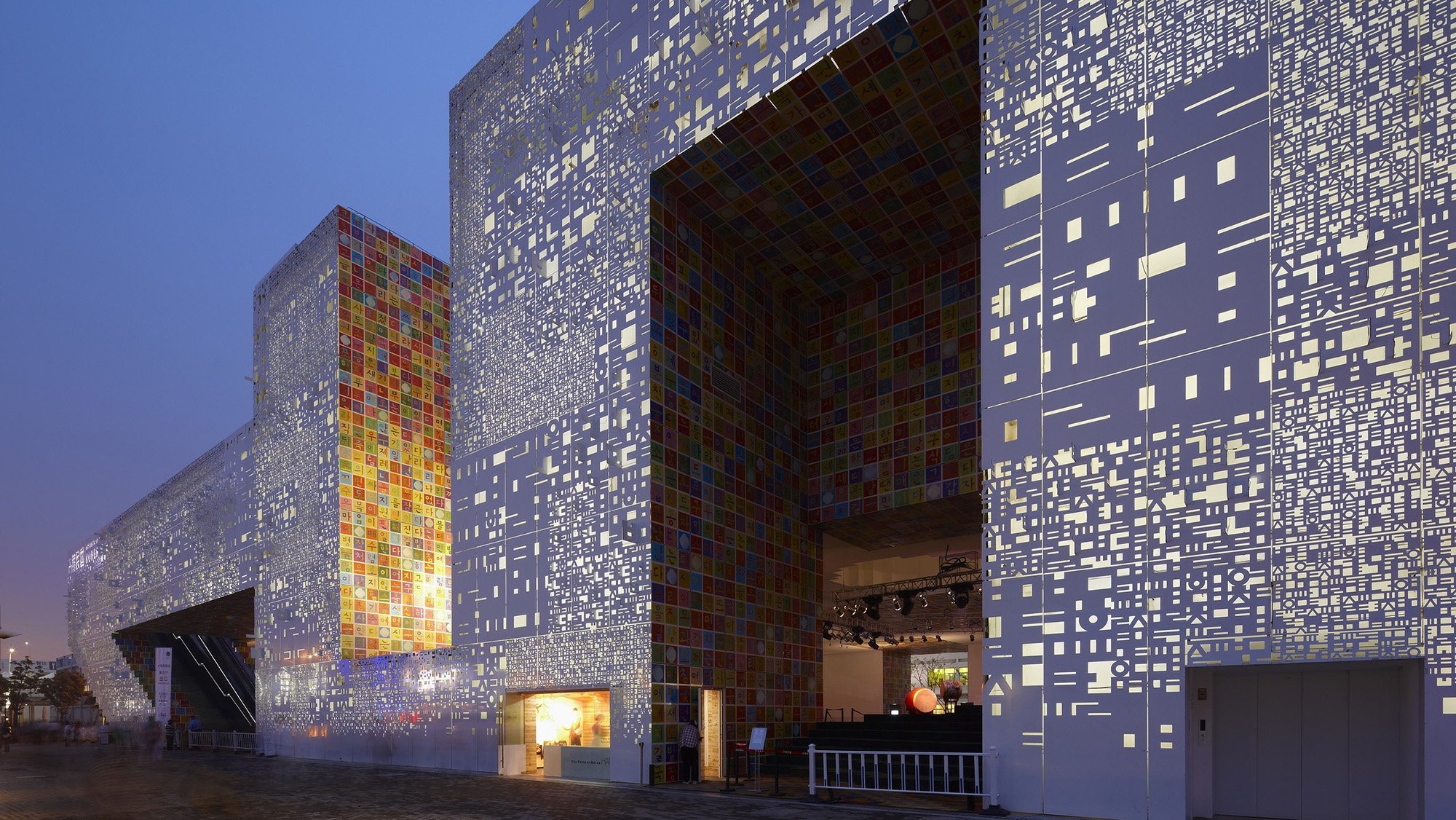 ;
;

